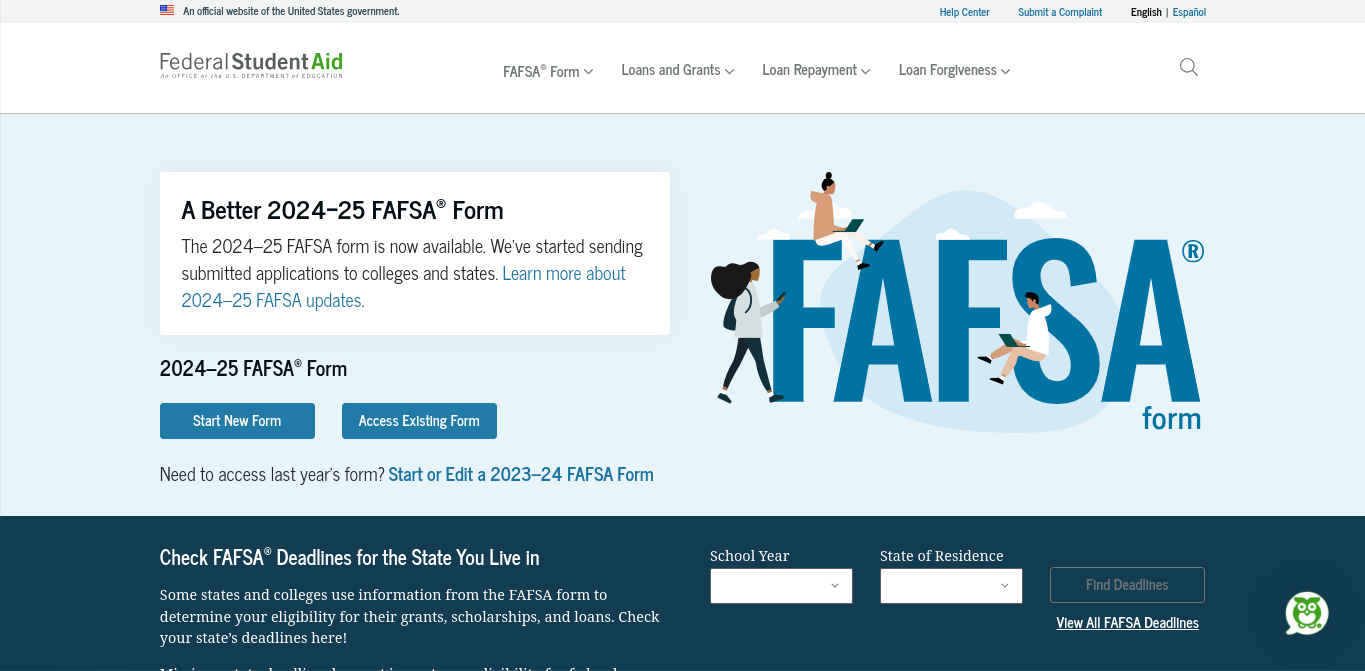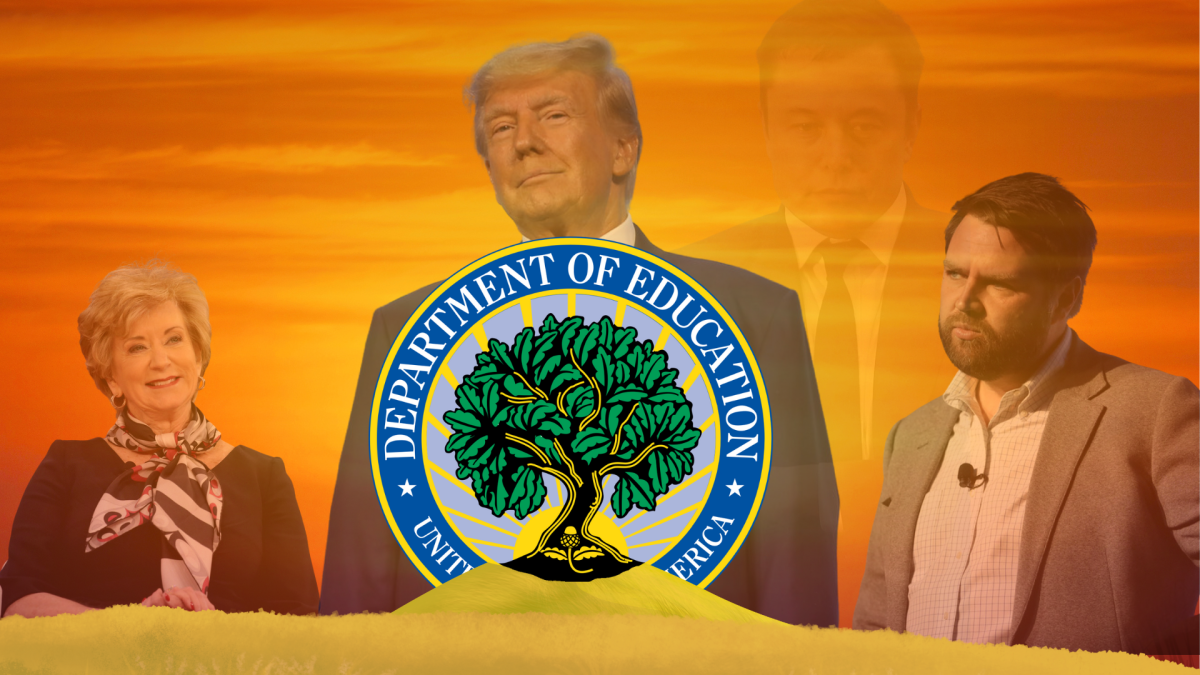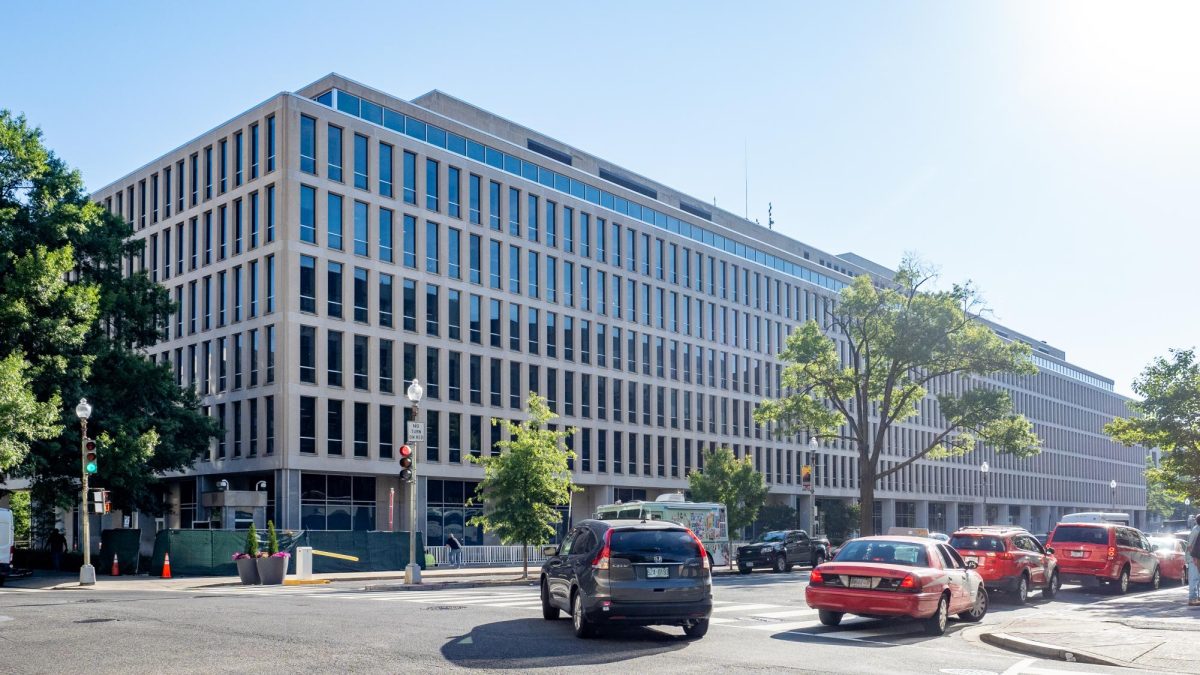The Free Application for Federal Student Aid (FAFSA) is a lifeline for many high schoolers pursuing college in the US. However, despite its crucial role, the recent rollout of the new iteration of FAFSA has been nothing short of a disaster, highlighting systematic issues within education.
The FAFSA’s transition to a new system was supposed to streamline the application process, making it more accessible and efficient for students. Instead, it has been marred by technical glitches, confusing instructions and delays. Students and parents across the county have been left in limbo, unsure of how to proceed as college decisions near and many don’t know the financial aid they’ll receive.
The botched rollout is more than just technical glitches, it also represents deeper challenges facing modern education. At its core, FAFSA is meant to level the playing field by providing financial assistance to those who need it most. However, the new form has fallen short of this goal, leaving many students underserved. For students from marginalized communities who are already navigating systemic barriers, such setbacks can have devastating consequences, further widening existing inequalities.
Calculation errors, human errors, and the fact that students were unable to make corrections until recently have resulted in significant delays for financial aid offices. Many colleges and universities have pushed back their decision deadlines, including Purdue, with some pushing them back as far as July.
Over one million of the seven million FAFSA forms needed to be corrected. Around two million forms have been affected by miscalculations, needing reprocessing, an even longer process. Additionally, FAFSA applications are down by 40% nationwide this year, which is a significant decline.
The new form was stated to expand access to 610,000 new low-income students for the very first time. From K-12 to higher education, marginalized communities face barriers at every level, from underfunded schools to unequal access to resources. However, the failure of the rollout of the new FAFSA only serves to affect these low-income students, perpetuating inequality primarily.
This is indicative of a larger problem in education, tuition costs have risen almost 56% for in-state public universities since 2004, out-of-state by 36%, and 40% at private universities. The United States, in total, owes $1.7 trillion in student loans, with 43 million Americans suffering from student loan debt. Students are forced to rely increasingly on federal aid to afford college. Yet, the current system of grants, loans and tax credits fails to address the root causes of college affordability.
The FAFSA situation says a lot about our priorities as a society. Education is made out to be the ‘great equalizer’, a pathway to upward mobility and opportunity. Yet time and time again, we see evidence that our education system is failing those who need it most. The FAFSA rollout is just one piece of evidence proving that. From crumbling school infrastructure to inadequate funding for essential problems, the message is clear: our society does not invest enough in the future of education.
Examples of teacher shortages, school safety, student poverty, mental crises, lack of funding, culture wars perpetuated against public education, the failures of standardized testing, the politicization of education and larger class sizes prove that FAFSA is not the first issue with the education system, and it will likely not be the last. It represents the broader picture, education is being failed.














